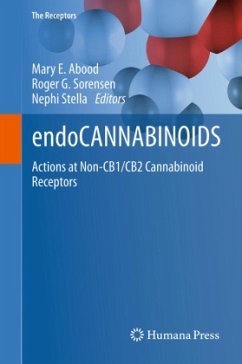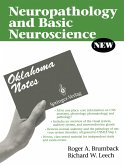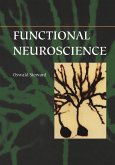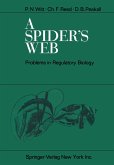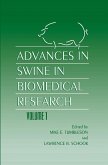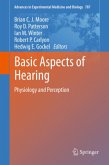This book is intended as a scientific resource for cannabinoid researchers carrying out animal and human experiments, and for those who are interested in learning about future directions in cannabinoid research. Additionally, this book may be of value to investigators currently working outside the field of cannabinoid research who have an interest in learning about these compounds and their atypical cannabinoid signalling. This book provides insight into the potential medical application of cannabinoids and their therapeutic development for the treatment of human disease. The cloning of two G protein-coupled cannabinoid receptors, termed CB1 and CB2, in the early 1990s has stimulated and facilitated research conducted on the physiological function of cannabinoid actions in the brain and throughout the body. In the twenty years since the identification of these two receptors, endogenous ligands (endocannabinoids) for these receptors have been identified, their biosynthetic and metabolic pathways have been discerned, and their functional and regulatory action for signalling through CB1 and CB2 receptors have been described. More recently, it has become has become evident that cannabinoids exert actions at non-CB1, non-CB2 receptors. Much less is understood about these actions. Many of these novel targets are in the process of being characterized functionally and physiologically, and the therapeutic value of targeting these non-CB1, non-CB2 receptors is being evaluated. The purpose of this volume is to present the current knowledge on the atypical actions of cannabinoids on these new targets.
This book is intended as a scientific resource for cannabinoid researchers carrying out animal and human experiments, and for those who are interested in learning about future directions in cannabinoid research. Additionally, this book may be of value to investigators currently working outside the field of cannabinoid research who have an interest in learning about these compounds and their atypical cannabinoid signalling. This book provides insight into the potential medical application of cannabinoids and their therapeutic development for the treatment of human disease.
This book is intended as a scientific resource for cannabinoid researchers carrying out animal and human experiments, and for those who are interested in learning about future directions in cannabinoid research. Additionally, this book may be of value to investigators currently working outside the field of cannabinoid research who have an interest in learning about these compounds and their atypical cannabinoid signalling. This book provides insight into the potential medical application of cannabinoids and their therapeutic development for the treatment of human disease.

